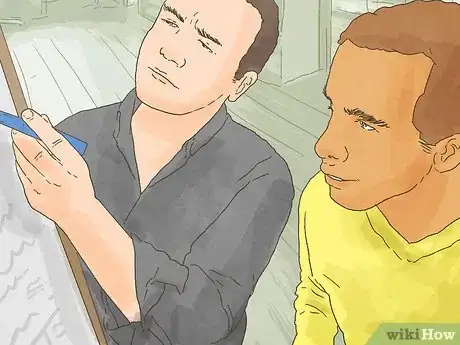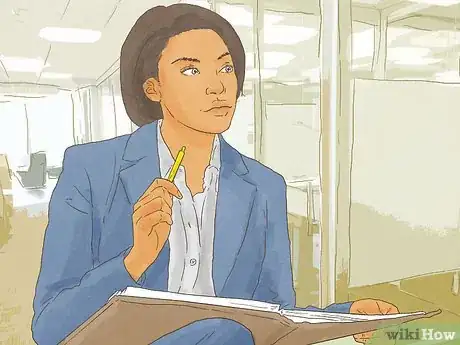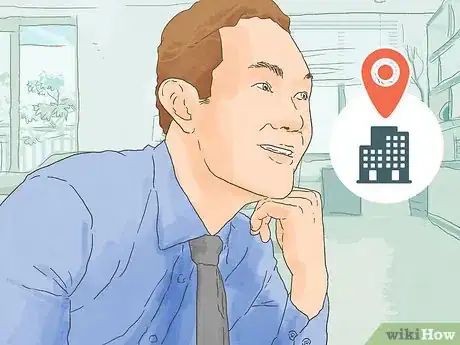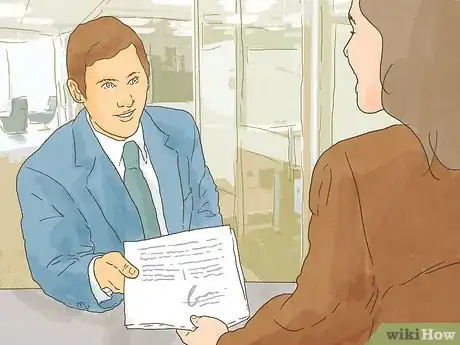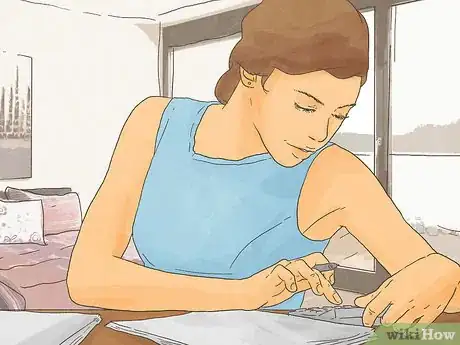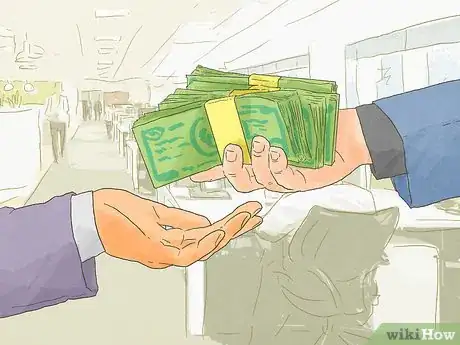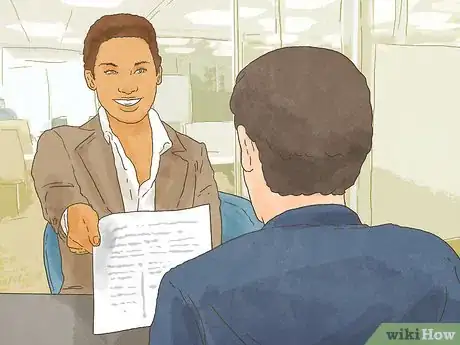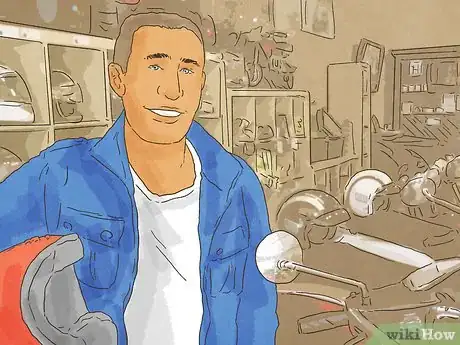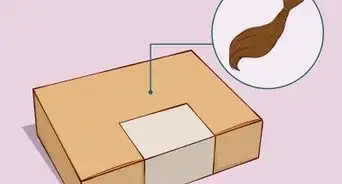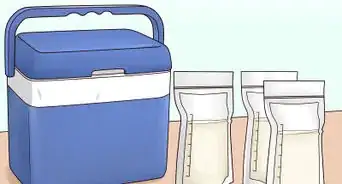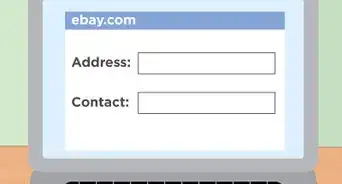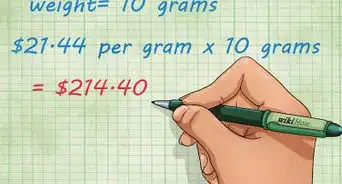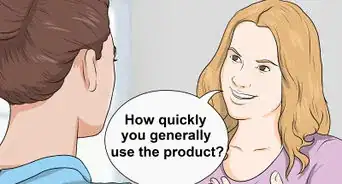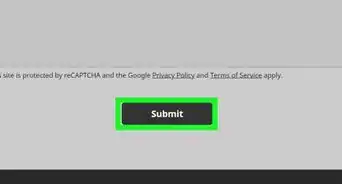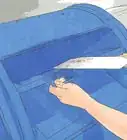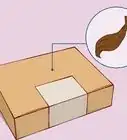This article was co-authored by wikiHow Staff. Our trained team of editors and researchers validate articles for accuracy and comprehensiveness. wikiHow's Content Management Team carefully monitors the work from our editorial staff to ensure that each article is backed by trusted research and meets our high quality standards.
There are 10 references cited in this article, which can be found at the bottom of the page.
wikiHow marks an article as reader-approved once it receives enough positive feedback. In this case, 85% of readers who voted found the article helpful, earning it our reader-approved status.
This article has been viewed 109,831 times.
Learn more...
Owning your own dealership sounds like a dream come true for someone who loves motorcycles. Making a business out of it is hard work, but starting your own shop and making it successful is a rewarding experience. As a dealer, you can choose to start a franchise with a popular brand such as Harley-Davidson or start your own independent shop with new and used motorcycles. With proper financing, a good location, possible contact with a franchisor, and business knowledge, you can become a motorcycle dealer.
Steps
Learning to Operate a Dealership
-
1Spend time working with motorcycles. To run a good business around motorcycles, you need to know everything about them. Read up about all makes and models of bikes, their problems, how they differ from each other, and how to repair them. You have to convince business investors and customers that you know motorcycles.
- Get an old bike and take care of it. Learn the parts and perform maintenance to teach yourself more about it.
- Take automotive classes online or at a local school. Make sure the curriculum includes motorcycles.
- Spend time in a motorcycle shop or dealership. Work small jobs if you have to before they let you handle the motorcycles.
-
2Gain business experience. It’s not enough to know about your product. The other part of a dealership is maintaining a business. Investors and brand manufacturers look for people who display leadership and business management capabilities. Read up on the aspects of running your business, such as how to manage workers and please customers.
- Use online courses and local schools to learn basic business skills including sales and marketing.
- Spend time observing the workings of a motorcycle shop or dealership. Pay attention to how they operate, dealing with issues ranging from proper business licensing to charging properly for parts.
Advertisement -
3Survey your market. In order to appeal to investors for financing and run a successful business, it’s important for you to know the area where you’ll set up shop and how to make your dealership successful in it. Judge how in-demand a motorcycle dealer will be and where to put your shop. Stay far enough away from competitors while also staying in an area where business will be strong.
- If you are going to carry a brand line, it’s important to know how present the brand is in your market and how people respond to it. If the brand isn’t established there, come up with ways you can sell the brand or carry limited amounts of the brand.
-
4Construct your business plan. Your business plan will outline your company. The plan basically gathers all of your important business information for potential investors. Focus on the goals of your company and how it’s going to achieve them. Include your company’s management structure and why you are a good candidate to open a dealership. Explain how much money you need to start the dealership and how you’ll make it profitable.[1]
- Business plans often include a company overview section including products, target market, sales plans, a management team section, and a financial plan section.
- Keep the plan clear and concise. Investors like to see that you have a very clear path to success in mind.
- Keep your plan dynamic. Refer back to it as you operate your business and use and add to it to keep your goals clear and your business on track.
Opening a Franchise
-
1Fill out a preliminary application. To open a franchise of a major brand such as Harley-Davidson or Indian Motorcycles, start by visiting their website and submitting their application. This prospective application gets you in contact with one of their representatives who will discuss your qualifications.
- Anyone buying an existing dealership also has to fill out this prospective dealer application.
-
2Gather the necessary finances. Franchise dealerships have a minimum amount of financial capital required in order to ensure standard business practices that will make you successful as a dealer and protect the brand’s image. Money for internal operating expenses such as parts, uniforms, and management systems have to be considered, but so do expenses such as facility and labor costs. This money is gotten through bank loans, acquaintances, and investors.
- A loan or credit line from a bank is your most available source of funding. They will check your credit, your cash flow, and your business plan before they loan you money.[2]
- Investors can help, but it is tough to find them. Talk to people online or offline who share your passion and will go into business with you or pitch your franchise to someone who believes in your business plan.
- Polaris for example as of 2017 requires about $150,000 to $200,000 in a minimum investment not including facility costs, but also requires a $500,000 credit line.[3]
-
3Settle on a location. Running a franchise requires a lot of space. Brands such as Yamaha require big, visible buildings. You will need to find a place that is retail-friendly and receives a lot of foot traffic. The building will have the brand name displayed prominently on the outside while offering enough space for your business operations and a showroom.[4]
- Yamaha for example asks for 10,000 square feet of space for unit display, 750 for accessories, 750 for parts, and 1,000 for a service department.[5]
-
4Sign your contract. After you have spoken to the dealer representatives and sellers, if you are buying an existing franchise, your information may be verified and approved. Once it is, you can get your business license from the government and sign the contract.[6]
-
5Hire employees. A small motorcycle shop can operate with the owner alone and possibly family and friends, but a big dealership is going to need a large quantity of people to perform varying roles, such as sales and operations. Interview for employees with good work ethic and motorcycle knowledge, then work on documentation.[7]
- Employee insurance may be necessary for obtaining your business license, but you may also need to report your hirings and verify them for tax purposes.
-
6Get your business license. Consult with your local government officials to find out what documentation you need to submit. The state will need information about your business, such as how much product you sell, your property ownership or lease information, sales tax ID, worker’s compensation insurance, and so on.
- In New York, for example, once your application is processed, you have to schedule an inspection of your facility and keep a sign showing your business as a dealership.[8]
Opening an Independent Dealership
-
1Find a small location to open shop. For a business that repairs motorcycles, sells used ones, or stocks new ones without a franchise, you don’t need as vast an amount of space as a brand dealership. Find a place that suits your needs. This will often be a small but visible storefront with garage space to work on motorcycles.
- Vehicles left outside suffer environmental damage over time, so find a place where you can limit exposure as much as possible.
-
2Calculate your business costs. $10,000 to $50,000 is often enough to get the business up and running, but you’ll need to factor in additional expenses such as advertising, shipping, employees, and specialized tools. They add up, so you’ll have to figure out how to keep your business profitable in the long run.[9]
- Keep enough savings to last you for a year. It can take some time for the business to become profitable.
-
3Gather funding. Small shops need less funding than dealerships to start, so it may be possible to get much of the financing from friends and family. However, many potential small business owners will need to secure loans from the bank or venture capitalists. Search out small business loans, equity financing, or convince someone that your idea is solid and you have the experience with motorcycles and business to make your business a success.
- Debt financing can be a good idea if you have good credit. You pay a monthly fee without sharing ownership of your business with the bank.
- By conversing with people online or offline, there is a chance you’ll encounter someone who believes in your business plan or will go into business with you, sharing your expenses.
-
4Obtain proper licensing. Speak to your local government in order to find out what kind of license you need to sell motorcycles. This can be a lengthy process and involves proper documentation and background checks to see if your business practice is ethical. You will have to pay fees for the application and any dealer license plates then wait months for the application to be approved.
- In California, for instance, you need to complete a training program and pass a test in addition to business documentation and local licensing.[10]
-
5Build your inventory. Now that your business is set up, you need to stock it with product. Franchise dealerships have the benefit of displaying the official brand, but as an unaffiliated dealer it’s up to you how to fill your store. Use your motorcycle and customer knowledge to combine a range of products with what the customers want.
- You can buy used bikes or fix up old bikes from people around the community.
- To carry new bikes, buy them individually or contact brand headquarters by finding their phone number or e-mail. Look through their catalogue, then ask them how you can place an order.
- Consider ordering motorcycle parts and accessories as well. Be sure to mark the price up enough to make you profit.
Community Q&A
-
QuestionHow do I apply for a business license?
 Brett GilbertTop AnswererContact your local government (city or county) first, as every jurisdiction can have different requirements. You may need a local license and a state one, which can involve a background check, submitting employee insurance information, and other documentation of your business.
Brett GilbertTop AnswererContact your local government (city or county) first, as every jurisdiction can have different requirements. You may need a local license and a state one, which can involve a background check, submitting employee insurance information, and other documentation of your business. -
QuestionHow do I find out the budget requirements for a dealership?
 Brett GilbertTop AnswererFor a franchise, look online. Many of them have basic estimates, but when you get into contact with them they'll help you figure out the entire cost. No matter what, the budget requires calculation from you or an accountant. It's up to you to investigate costs such as how much you'll need to spend on inventory, getting a suitable facility in your area, compensating workers, and so on. You also have to consider less obvious expenses such as advertising, shipping, and utility bills.
Brett GilbertTop AnswererFor a franchise, look online. Many of them have basic estimates, but when you get into contact with them they'll help you figure out the entire cost. No matter what, the budget requires calculation from you or an accountant. It's up to you to investigate costs such as how much you'll need to spend on inventory, getting a suitable facility in your area, compensating workers, and so on. You also have to consider less obvious expenses such as advertising, shipping, and utility bills. -
QuestionHow can I obtain funding for my dealership?
 Brett GilbertTop AnswererThere are various methods. The most obvious one is to go to the bank or government and get a loan. Financial institutions have various types of loans, debt financing, and credit lines that will help you. There's also a chance you can convince someone to go into business with you or invest money in your dealership. Much of the funding, though, will need to come from your own savings and what you borrow from the people you know.
Brett GilbertTop AnswererThere are various methods. The most obvious one is to go to the bank or government and get a loan. Financial institutions have various types of loans, debt financing, and credit lines that will help you. There's also a chance you can convince someone to go into business with you or invest money in your dealership. Much of the funding, though, will need to come from your own savings and what you borrow from the people you know.
References
- ↑ http://articles.bplans.com/what-is-a-business-plan/
- ↑ http://www.businessnewsdaily.com/6242-small-business-loan-mistakes-to-avoid.html
- ↑ http://www.polaris.com/en-us/company/become-a-dealer/capital-requirements
- ↑ http://www.indianmotorcycle.com/en-us/become-a-dealer
- ↑ https://www.yamahamotorsports.com/dealerprospects/requirements
- ↑ http://www.harley-davidson.com/content/dam/h-d/documents/company/becoming-a-dealer/Buy_Sell_Guidelines_9_1_2015.pdf
- ↑ https://www.sba.gov/starting-business/hire-retain-employees/hire-your-first-employee
- ↑ https://dmv.ny.gov/org/dealers/open-dealership
- ↑ http://www.dansmc.com/yourshop.htm

